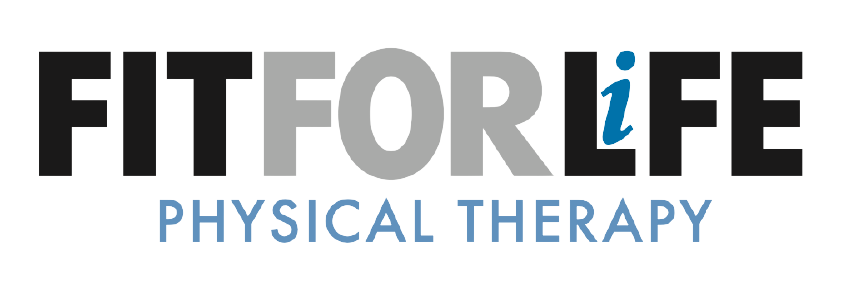Injury Prevention For Runners & Walkers
“How To Stay Healthy While Training”
Darrin Bright, MD
Half marathon and marathon running is still one of the most popular sports in the United States. There are 50 million adult runners in the United States and each year, 2+ million people finish half marathons, with about 60% female and 40% male. For marathons, there are more than ½ million finishers with the inverse stats - almost 60% male and 40% female.
Many of these people run or walk because they realize the benefits of taking up such a smart exercise program. They know it can reduce cardiovascular disease by lowering blood pressure and improving your cholesterol profile. Weight loss is another benefit of starting an exercise program. And do not forget the mental health benefits of improving self-esteem and reducing depression.
However, there are risk factors to consider. While training, a quarter to a third of all people getting ready for a marathon or half marathon have some sort of injury. Why? Often, they are novices who have not joined a training group such as MIT and do not know how to safely increase the miles per week or intensity of their training program.
If new runners are “going it on their own,” they may not get the basics of injury prevention taught to them as you are today. They might not understand the importance of selecting a good running surface to go with good running shoes. They may not know to avoid stretching a cold muscle and to build balance between muscle groups. They may not have anyone to teach them a dynamic warm up. You do!
Even though there are popular running magazines that feature stories about people who run every day and have running streaks of months, years, and decades without taking a day off, this may not be the best plan for you. A plan to not take any days off may be a personal preference, but you will notice specific easy days and rest days built into our MIT training schedules. These days are crucial to allow tissue microtrauma caused by running to heal. Please keep a training log to match your schedule and goals and please take your rest days.
Often, I am asked about running shoes. What is the best for me? Do I need a stability shoe? Would inserts be good for me to use? I tell my patients to see the shoe experts at Fleet Feet + FrontRunner. They will guide you through the FIT process and help you select the best shoes, inserts, socks, and other essentials (including reflective gear) for your training season.
Please keep in mind that good shoes are an investment in your health, and you’ll need to continually put deposits towards that investment. Running shoes will usually need swapped out every 300 – 350 miles to maintain an optimal level of cushioning and support.
I love compression socks and sleeves. They are great for improving performance through better venous blood flow & improved lactic acid threshold, and for decreasing soreness to improve recovery. Please grab a pair and give them a try. Other than super hot days when as much air flow as possible is key, they will help you with training runs and race day.
The other day I was asked: “I am new to training with MIT and I overheard someone talking about losing a toenail. Is that going to happen to me?” Well, maybe. If you train long enough and hard enough, you may eventually lose a toenail due to the repetitive pounding that you encounter when running. This can cause a fluid collection below the toenail and you may need this professionally drained. Please do not let your well-intentioned neighbor come at you with a hot paper clip to relieve the pressure buildup…we can do that in a less painful way for you!
Chafing is uncomfortable and completely preventable. It is one of those really embarrassing things that happens to runners and walkers, but you can easily prepare for it and prevent it with lubrication, moisture wicking clothing, nipple guards, and antibiotic ointment.
As this season progresses, we will get very specific about each common injury and the good ways to prevent them. In general, please know that we would prefer you use ice (instead of heat) on any acute injuries. Rest if needed. Try an ibuprofen or aspirin if they do not upset your stomach.
If you experience more acute pain that does not resolve in 1-2 days, or if you are limping, then you should stop running. Localized sharp pain or joint pain during a workout is a red flag. Should this pain persist, we need to see you right away. Please contact us to be seen by one of our MIT Medical Team members.
We will work with you every day to help you get to the starting line at this autumn’s race. You can do this! Trust your coach and your training. Lean on our MIT Medical Team if you need us.
Fit For Life Physical Therapy helps people of all activity levels prevent, recover from, or rehabilitate sports and orthopedic injuries. Help for active people - from OTHER active people.
Reach us by email at info@fitforlifephysicaltherapy.com, or call or text us at any of the phone numbers for our three convenient locations inside Fleet Feet/FrontRunner stores:
Polaris Location: 1270 East Powell Road Lewis Center, Ohio 43035 - 614-981-2065
Upper Arlington Location: 1344 West Lane Avenue, Columbus, Ohio 43221 - 614-981-1979
New Albany Location: 5792 North Hamilton Road, Columbus, Ohio 43230 - 614-581-7441

